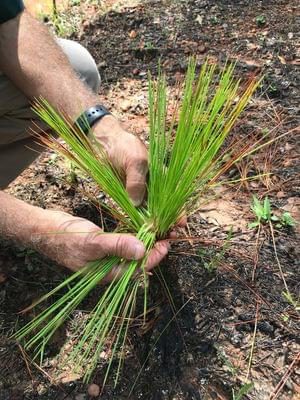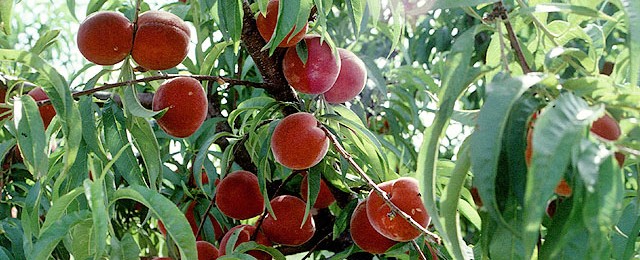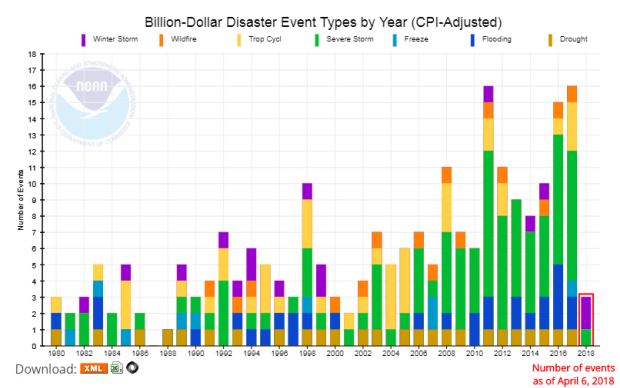Climate and Ag in the news
-

The Garden Professors blog had an interesting post this week on the impacts of a delayed spring on nurseries and landscapers in Virginia. As you can imagine, it causes a lot of problems for suppliers when plants are sitting in the stores waiting for soils to warm to the planting point. You can read it…
Posted in: Climate and Ag in the news -

If you are planting trees, you are investing in the future. How do you get the best return on your investment? By making sure that the trees you plant will thrive in the climate 30 or 40 years from now, when it is likely to be warmer with more frequent droughts. Of course, planting a…
-

After the dismal yields of peaches in Georgia for the last two years, producers are excited that this year looks like it might be one of the best. This has been a much better winter for chill hours than the previous two, setting up the crop for good blooming. Even though early peach varieties that…
-

There is a persistent myth out there that tornadoes cannot hit certain geographical features like mountains, rivers or cities. However, there is ample evidence that this is false. I have seen a number of cases of cities being hit by tornadoes, including Dallas, Oklahoma City, Birmingham, and Atlanta. This week we had another example in…
-

Winter weather and drought have hit the wheat crop of the Central Plains particularly hard this year, with an exceptional drought causing terribly dry conditions and frequent freezes and snowfalls stunting or injuring the young plants. According to a story this week in AgWeb,”U.S. Department of Agriculture’s (USDA) latest crop progress report is painting a grim…
-

The latest issue of NOAA’s Beyond the Data blog by Deke Arndt looks at the statistics of March 2018 in the larger context of how to interpret anomaly maps and trends and discusses what a billion-dollar weather disaster really means. You can read it at https://www.climate.gov/news-features/blogs/beyond-data/all-things-being-equal-edition.
-

If you follow the national Drought Monitor, you know that parts of Oklahoma are currently in D4 Exceptional Drought, the highest classification of drought there is. Because of this, things are tinder-dry, and there have been many wildfires which have affected cattle production in the area. Here is a story and scary video of one…